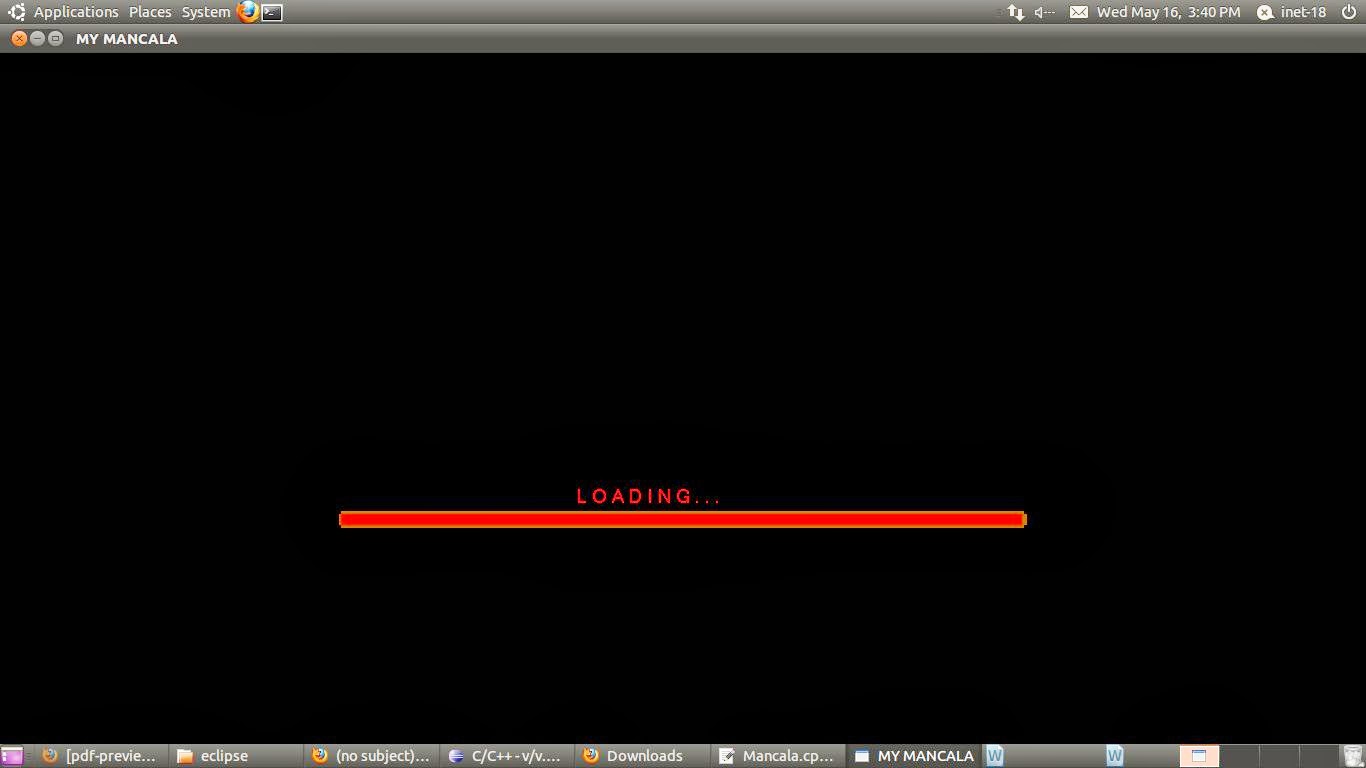This is an animation to view a walking robot. The robot can be rendered in both a wireframe view and in shaded view. There are options to manipulate the robot arms, head and torso.
Snaps:
Here is the source.
This project is quite complicated in implementation. If you observe carefully the arm and leg joints are having a sphere.
Here are a few references that you can study to research on this hot topic of
human motion simulation:
Aristidou, A. (2011). FABRIK: A fast iterative solver for the inverse kinematics problem. Graphical Models, 73(5), 243–260.
Bottema, O., & Roth, B. (1979). Theoretical kinematics. Amsterdam/Oxford: North-Holland Publishing Co.
Cardwell, O., & R. Mukundan. (2011). Visualization and analysis of inverse kinematics algorithms using performance metric maps. The 19th international conference in Central Europe on computer graphics, visualization and computer vision, WSCG-2011, Czech Republic.
Crane, C. D., & Duffy, J. (1998). Kinematic analysis of robot manipulators. Cambridge: Cambridge University Press.
Jazar, R. N. (2010). Theory of applied robotics: Kinematics, dynamics, and control (2nd ed.). New York: Springer.
Korein, J. U., & Badler, N. I. (1982). Techniques for generating the goal-directed motion of articulated structures. IEEE Computer Graphics and Applications, 2(9), 71–81.
Lander, J. (1998, November). Making kine more flexible. Game Developer, 5(3), 15–22.
Maciejewski, A. A., & Klein, C. A. (1989). The singular value decomposition: Computation and applications to robotics. International Journal of Robotics Research, 8, 63–79.
Orin, D. E., & Schrader, W. W. (1984). Efficient computation of the Jacobian for robot manipula-tors. International Journal of Robotics Research, 3, 66–75.
Parent, R. (2002). Computer animation: Algorithms and techniques. San Francisco/London: Morgan Kaufmann Publishers.
Welman, C. (1989). Inverse kinematics and geometric constraints for articulated figure manipula-tion. Master of Science thesis, Simon Fraser University.
Yamane, K. (2010). Simulating and generating motions of human figures. Berlin/Heidelberg: Springer.
Snaps:
Here is the source.
This project is quite complicated in implementation. If you observe carefully the arm and leg joints are having a sphere.
Here are a few references that you can study to research on this hot topic of
human motion simulation:
Aristidou, A. (2011). FABRIK: A fast iterative solver for the inverse kinematics problem. Graphical Models, 73(5), 243–260.
Bottema, O., & Roth, B. (1979). Theoretical kinematics. Amsterdam/Oxford: North-Holland Publishing Co.
Cardwell, O., & R. Mukundan. (2011). Visualization and analysis of inverse kinematics algorithms using performance metric maps. The 19th international conference in Central Europe on computer graphics, visualization and computer vision, WSCG-2011, Czech Republic.
Crane, C. D., & Duffy, J. (1998). Kinematic analysis of robot manipulators. Cambridge: Cambridge University Press.
Jazar, R. N. (2010). Theory of applied robotics: Kinematics, dynamics, and control (2nd ed.). New York: Springer.
Korein, J. U., & Badler, N. I. (1982). Techniques for generating the goal-directed motion of articulated structures. IEEE Computer Graphics and Applications, 2(9), 71–81.
Lander, J. (1998, November). Making kine more flexible. Game Developer, 5(3), 15–22.
Maciejewski, A. A., & Klein, C. A. (1989). The singular value decomposition: Computation and applications to robotics. International Journal of Robotics Research, 8, 63–79.
Orin, D. E., & Schrader, W. W. (1984). Efficient computation of the Jacobian for robot manipula-tors. International Journal of Robotics Research, 3, 66–75.
Parent, R. (2002). Computer animation: Algorithms and techniques. San Francisco/London: Morgan Kaufmann Publishers.
Welman, C. (1989). Inverse kinematics and geometric constraints for articulated figure manipula-tion. Master of Science thesis, Simon Fraser University.
Yamane, K. (2010). Simulating and generating motions of human figures. Berlin/Heidelberg: Springer.



















































